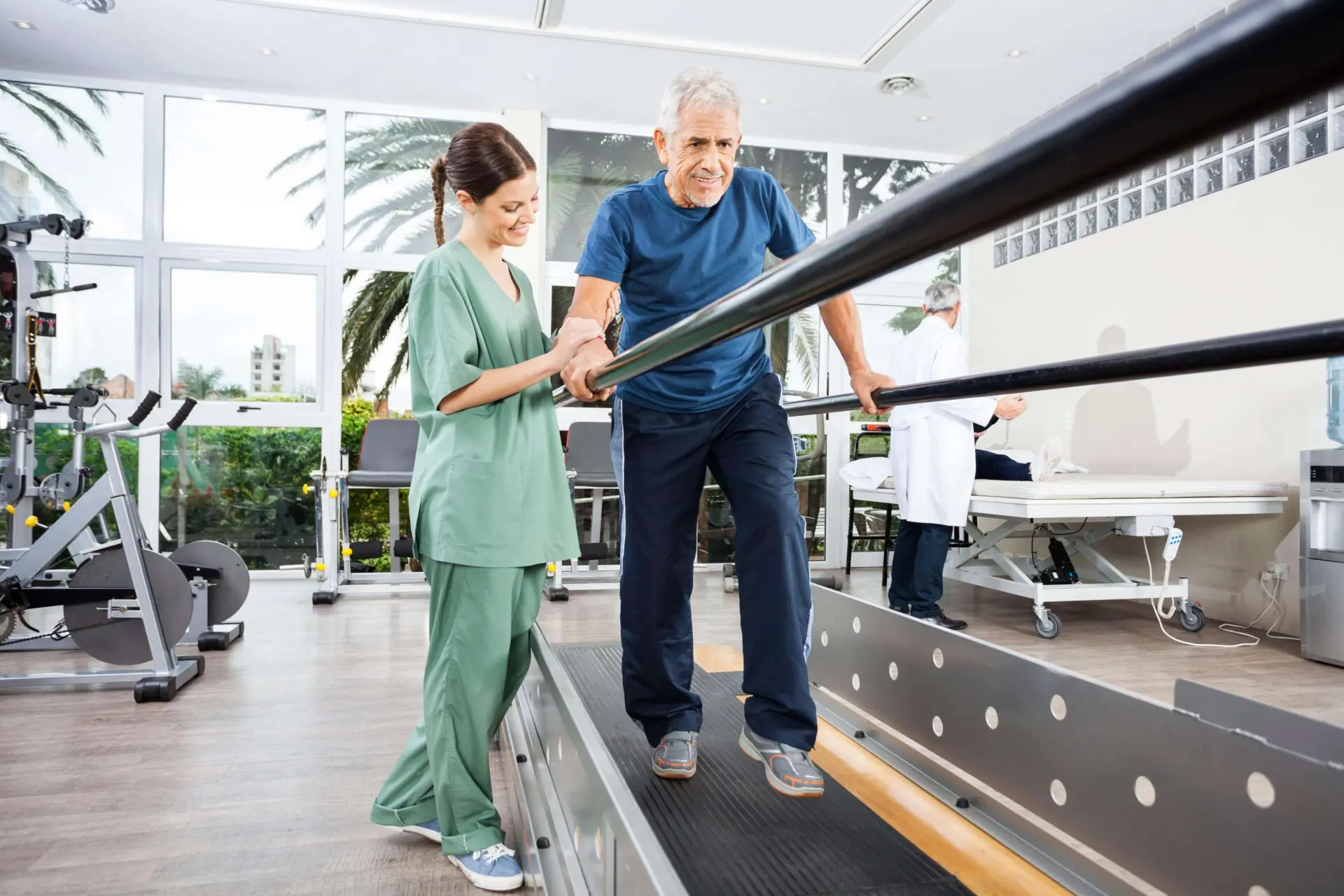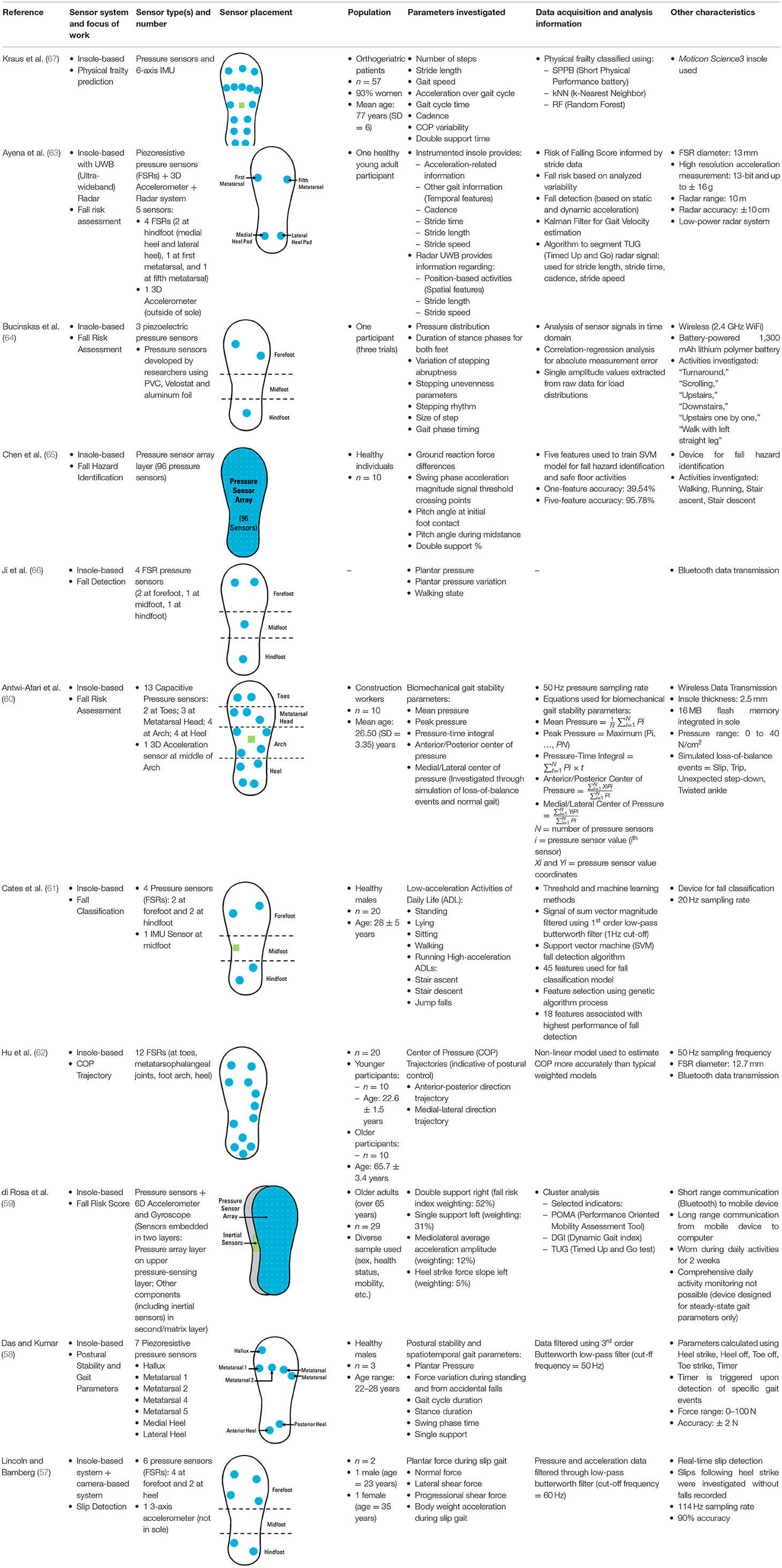The Single Strategy To Use For Dementia Fall Risk
The Single Strategy To Use For Dementia Fall Risk
Blog Article
Getting My Dementia Fall Risk To Work
Table of ContentsDementia Fall Risk Fundamentals ExplainedThe Of Dementia Fall RiskNot known Details About Dementia Fall Risk Dementia Fall Risk Things To Know Before You Get ThisGetting My Dementia Fall Risk To Work
Nonetheless, based on symptoms and signs, such as evidence of head injury or a new focal neurologic deficit, computed tomography or MRI of the brain might be indicated - Dementia Fall Risk. An analysis for reasons for syncope should be conducted only if there is strong suspicion, as when it comes to recurring, inexplicable drops
Doctor make use of a fall danger analysis to recognize your threat factors for dropping and make handy recommendations. Some individuals try to lower their loss risk by restricting their task or making every effort to be extra cautious. These well-intentioned habits aren't enough - Dementia Fall Risk. A loss threat assessment is essential because knowing which variables raise your opportunities of dropping aids you: Reduce your threat of dropping or injuring on your own.
All adults 65 years and older must have a first fall threat screening. Have fallen in the previous year. Worry concerning falling.
9 Easy Facts About Dementia Fall Risk Explained

, and objectives especially customized to individuals that are at risk for falls. A is specified as an occasion that results in an individual coming to relax inadvertently on the ground or floor or other lower level (WHO, 2021).
According to the Centers for Illness Control and Avoidance (CDC),, creating over 34,000 fatalities for that age group. Dropping is the 2nd leading reason of death from unintended injuries globally. Death from falls is a severe and native to the island issue amongst older individuals. It is approximated that fall fatality prices in the U.S

Each year, over 800,000 individuals are hospitalized as a result of drops. Registered nurses play a significant duty in stopping succumbs to their people with education, evaluating loss threat, developing more secure settings, and providing interventions in avoiding injuries from drops. A number of risk variables and conditions add to falls, consisting of the following:. Matured 65 years and older; reduced arm or leg prosthesis; use assistive gadgets such as walker, crane, and wheelchair; living alone.
Falls are due to numerous factors, and a holistic strategy to the private and environment is crucial. Suppose a person is considered at high risk for falls after the screening.
The Only Guide for Dementia Fall Risk
A requires using a verified tool that researchers have actually analyzed to be helpful in calling the reasons of falls in an individual. The degree of loss risk can be established using the assessment of intrinsic and external factors.
People are much more most likely to drop once again if they have actually maintained one or even more falls in the past 6 months. The older populace click to read more is at increased risk of fall-related readmissions based on a study determining the factors anticipating of repeat drops connected results (Prabhakaran et al., 2020).
The ability of people to safeguard themselves from drops is impacted by such factors as age and advancement. Older people with weak muscles are more likely to fall than those who preserve muscular tissue stamina, adaptability, and endurance.
The Only Guide to Dementia Fall Risk
Much less comparison level of sensitivity was quite connected with both boosted prices of falls and other injuries, while decreased aesthetic skill was only related to increased loss rate (Wood et al., 2011). Sensory understanding of ecological stimuli is extremely important to safety and security. Vision and hearing impairment restriction the client's ability to perceive risks in the environments.
Older adults that have poor equilibrium or problem strolling are extra most likely to drop., or various other clinical conditions and treatments., and usage of psychotropic medications (Stanmore et al., 2013).
Report this page